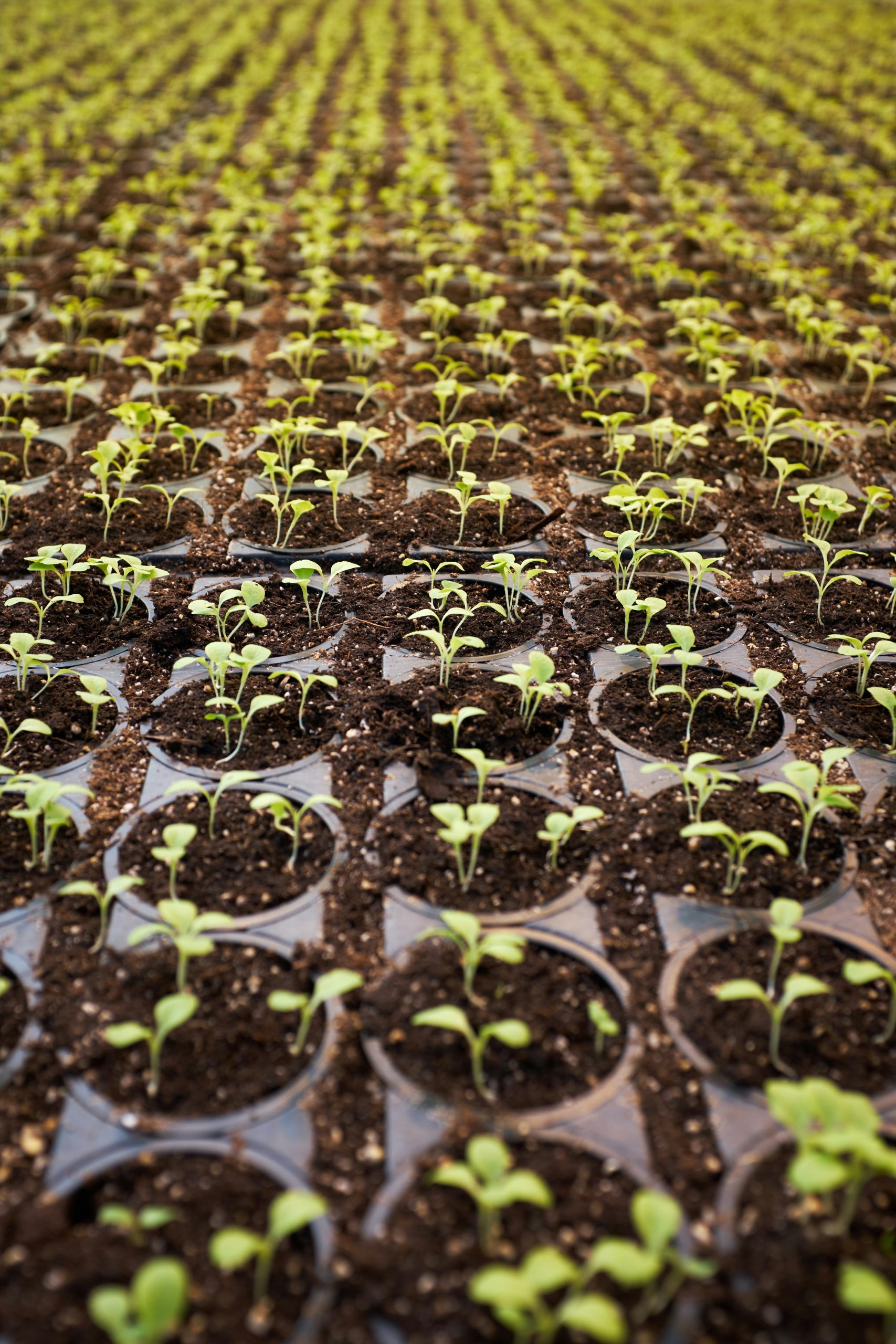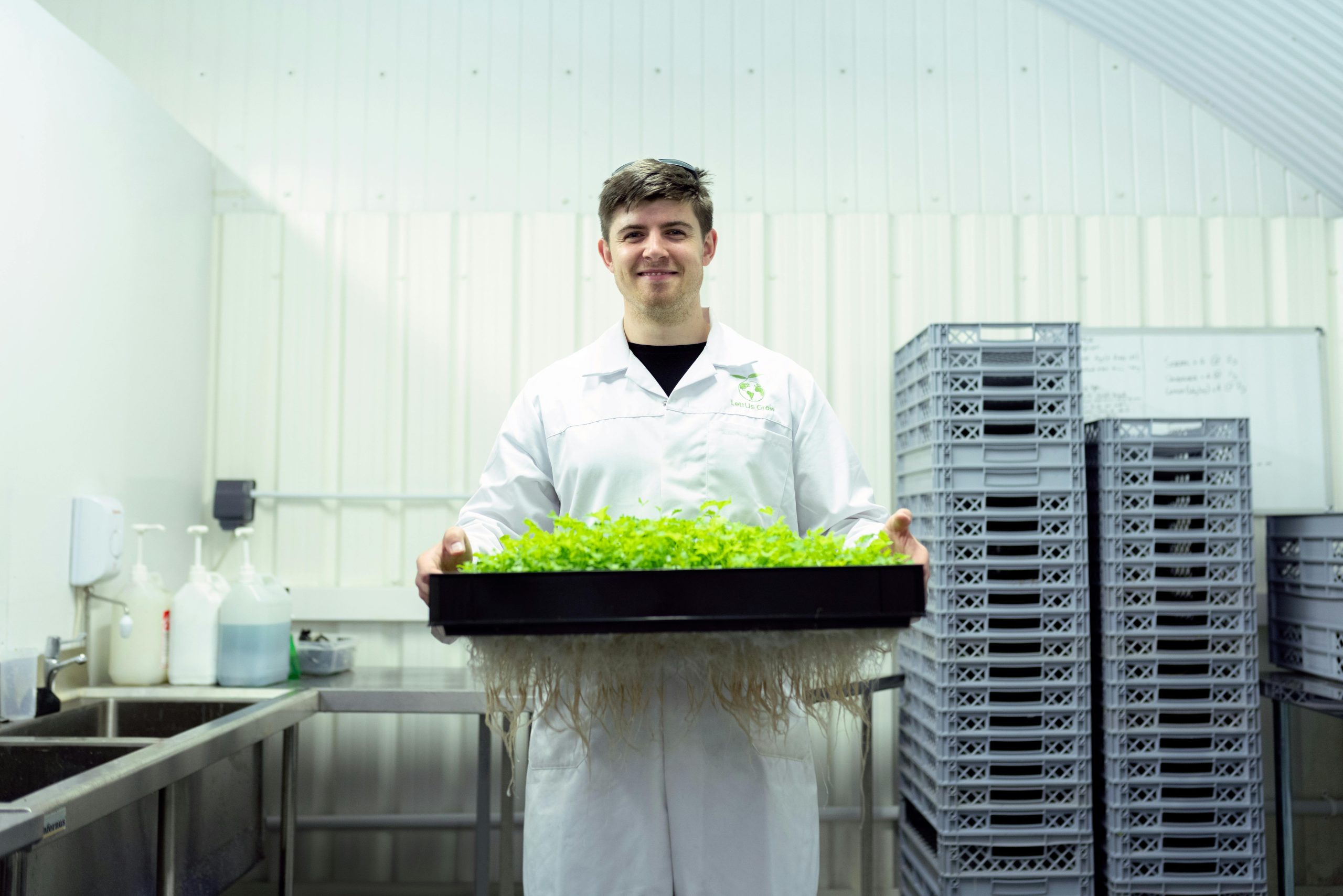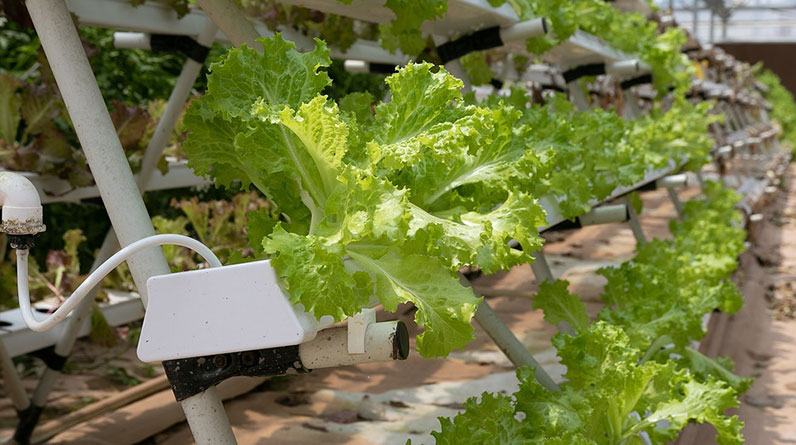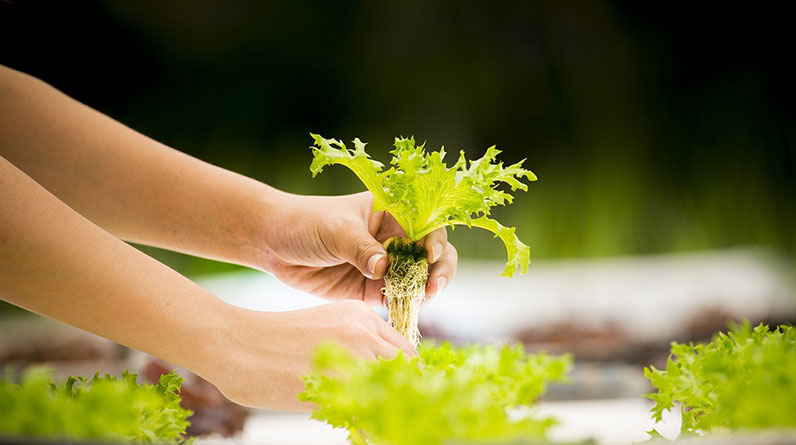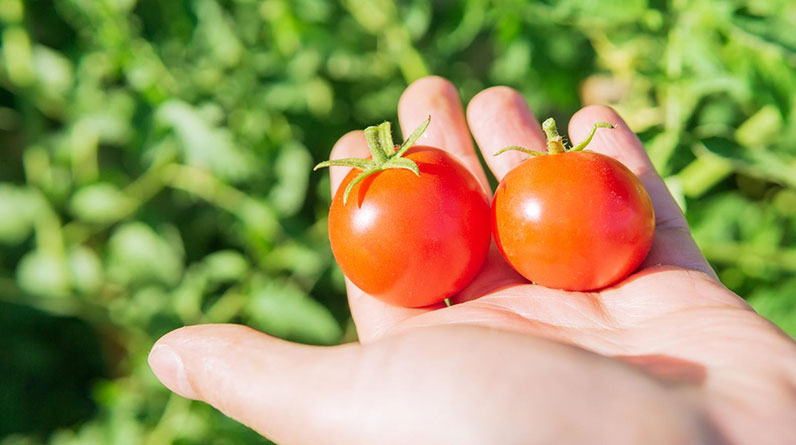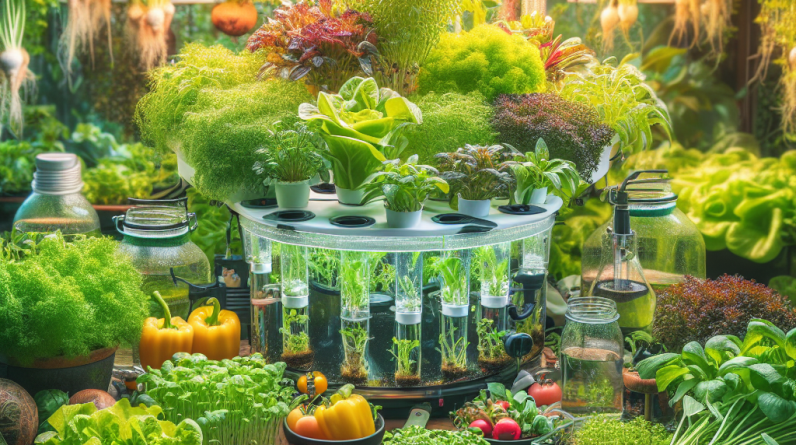
Choosing the Right Medium for Growth
What is Hydroponics?
Man, hydroponics is where it’s at! It’s this super cool way of growing plants without soil, using nutrient-rich water instead. Think about it—no messy soil to deal with! You get to control exactly what your plants need to grow, and that’s a game-changer. I’ve dived deep into hydroponics over the years, and it’s like unlocking a secret garden!
In my experience, plants grown hydroponically tend to thrive way better than those relying on traditional soil. The roots can access water and nutrients directly, leading to faster growth rates. Just picture lush greens flourishing right in your living room. Doesn’t that sound amazing?
Plus, you can customize the nutrient levels based on each plant’s needs. Some love more potassium, while others might crave some extra calcium. It really gives you the power to nurture your plants just the way they like it!
Exploring Alternatives to Soil
Okay, so let’s chat about some awesome alternatives to soil. There are materials like coconut coir, perlite, and vermiculite that can be used as growing mediums. Each has its unique properties and advantages. For example, coconut coir is great for moisture retention, while perlite enhances aeration. So, you’ll want to pick something that matches your needs.
In my journey, I’ve found that using a mix of these mediums often leads to the best results. You combine the strengths of each material to create an ideal environment for your plants. It’s like making the perfect smoothie—blend just the right ingredients for the best outcome!
Experimenting is key here! My first time trying out different mediums was a bit of a rollercoaster. Some didn’t hold moisture well enough, while others were too dense. But trial and error is all part of the fun, right?
Setting Up a Hydroponic System
Setting up a hydroponic system can sound daunting at first, but trust me, it’s a rewarding experience. Start with gathering your materials: a reservoir for the water, a pump for circulation, and some net pots for your plants. I remember the first time I saw my setup come together. It was like assembling a puzzle, but with way more greens!
Make sure to get the water temperature and pH levels just right. This part is crucial; unhealthy water can easily lead to wilted dreams. Using simple pH kits can help you stay on track. I often check these levels weekly to ensure my little garden is thriving.
Finally, don’t forget to monitor your plants! Daily check-ins can make a massive difference. Once I slipped in a nutrient mix and forgot about my plants for a week. Oops! Let’s just say, they weren’t thrilled. So, be present and watch your plants flourish!
Nurturing Your Plants with Nutrients
Understanding Nutrient Solutions
Nutrients are like the vitamins we take for a healthy life. In hydroponics, you’ll be using nutrient solutions specifically designed for your plants. I remember when I first got started, it felt like being a chef in a kitchen. You have to whip up the right recipe for your little green friends!
It’s all about balance—nitrogen, phosphorus, potassium, and a slew of micronutrients. Each plant has its unique requirements, just like how we all have different dietary needs. I always recommend doing a bit of homework on what each plant craves before diving into the nutrient game.
Also, don’t forget to adjust your nutrient levels as your plants grow! What they need in their baby stage will change as they mature. This keeps your plants vibrant and healthy—like giving them an upgrade as they level up!
Timing and Frequency of Feedings
The timing of your feedings is crucial. Too much or too little can throw off the balance. I typically start by feeding my plants every two weeks, but this can vary depending on the type of plants you have. For instance, some leafy greens are heavy feeders, while herbs might prefer a lighter touch.
Every time you feed, watch for signs of nutrient deficiency or excess. It’s a bit of detective work. Have you ever seen yellowing leaves? That’s often a sign they’re missing something. A little diligence goes a long way here!
And honestly, getting into a routine helps too. I’ve found that after a while, it becomes second nature. It’s like taking care of a pet; you start to understand their needs without even thinking about it!
Utilizing Organic Nutrient Options
If you’re looking to grow plants organically, there are incredible organic nutrient options available out there. I’m a huge fan of using compost teas and fish emulsions. They provide a robust array of nutrients while keeping it natural.
One of my favorite methods is to brew up a compost tea. It’s like making a nutritious soup for your plants! Just steep some compost in water, and voilà! You create a nutrient-rich solution full of beneficial microbes. My plants absolutely love it!
Sometimes, organic nutrients can be slower for plants to absorb, so it’s about finding a balance. But believe me, seeing those happy, healthy plants makes it all worth it. Plus, you develop a more sustainable and eco-friendly approach. Win-win!
Providing Optimal Lighting
Importance of Light In Plant Growth
Let’s talk about lighting! Light is crucial for photosynthesis, which is how plants create their food. In hydroponics, especially if you’re indoors, you have to mimic nature in the best way possible. Trust me, I’ve sure had my share of lighting mishaps, but it taught me a lot!
Natural light is fantastic, but not everyone has the luxury of a big sunny window. That’s where grow lights come into play. LED grow lights are super popular now as they provide the right light spectrum for plant growth, and they’re energy-efficient too!
It’s a learning curve to figure out how much light your plants need. I always start with around 12 hours of light a day and then adjust based on how the plants are responding. You’ll start to see happy growth once you find that sweet spot!
Types of Grow Lights
There are a few types of grow lights to choose from. Fluorescent lights are great for seedlings and young plants, while HID (High-Intensity Discharge) lights work wonders for plants in the flowering stage. As for me, I’m a big fan of LEDs because they last a long time and have low heat output.
When you’re shopping for grow lights, consider factors like coverage area—how many plants you’re growing will dictate how powerful your lights need to be. The first setup I had was more like spotlights shining on a few plants, but now I’ve upgraded to a full grow tent!
Take your time to research the best options and see what fits your budget. Getting the right light for your system can make the world of difference. I still do a little happy dance every time I see my plants thriving under the lights!
Creating a Light Schedule
Creating a consistent light schedule can put you on the path to success. Plants thrive when they have a regular cycle; it mimics nature’s rhythm. I usually set my timer for 18 hours of light for growing and 12 hours for flowering plants. It’s super easy to set this up with a simple timer!
Pay attention to how your plants react. If they seem to be stretching too much or leaning towards the light source, it might be time to tweak things a bit. Each plant has its preferences, and getting to know what works best for them is key.
Trust me, once you establish a light schedule, you’ll notice your plants flourishing in ways you never imagined. Consistency is everything in this journey, and it’s something I’m continually refining.
Monitoring and Adjusting Conditions
Maintaining Proper pH Levels
Alright, let’s get serious for a moment—pH levels. This is an aspect of hydroponics that can’t be overlooked. The ideal pH for most hydroponic plants ranges from 5.5 to 6.5. Keeping it in that sweet spot ensures your plants can efficiently absorb nutrients.
In my early days, I learned the hard way how detrimental off-pH levels can be. My beloved tomato plants started to show signs of stress, and it was all because I neglected checking those levels regularly. Now, I always have a pH tester on hand—it’s become a part of my routine.
If you find your pH drifting out of range, you can use pH up or pH down solutions to adjust it accordingly. It’s a straightforward process that can save your plants from a lot of distress. I swear, it’s like having a safety net!
Adjusting Temperature and Humidity
The right temperature and humidity levels are super important in keeping your hydroponic garden thriving. Most plants love a temperature range between 65°F and 75°F. And don’t get me started on humidity—many plants, especially during their growth stage, thrive in a humid environment.
I always recommended investing in a thermometer and hygrometer. This gives you real-time data about the environment your plants are living in, which is crucial for making necessary adjustments. Once, I underestimated the humidity and ended up with a fungal problem. Lesson learned!
If you notice the air is too dry, use a humidifier or place bowls of water around your plants. Conversely, if humidity levels are too high, consider adding a fan to create some airflow. It’s all about finding that cozy balance that makes your plants feel at home.
Regularly Inspecting Plants
Last but not least, regular inspections cannot be stressed enough! Being hands-on with your plants allows you to catch any potential issues before they become significant problems. I love spending time with my plants, just checking them out and observing the little changes.
Look out for pests, disease signs, or nutrient deficiencies while you’re at it. A quick glance can save your garden from much heartache later on. I’ve developed quite an eye for spotting issues over time, and it’s helped my garden thrive.
Ultimately, being proactive in your care routine pays off. When you have a connection with your plants and give them the attention they need, you’ll see an incredible reward in their growth. It’s a magical feeling that I know everyone deserves to experience!
Frequently Asked Questions
1. What plants can I grow using hydroponics?
Hydroponics is versatile! You can grow leafy greens like lettuce and spinach, herbs like basil and mint, and even fruiting plants like tomatoes and strawberries. Just remember to choose varieties that thrive in hydroponic systems!
2. Can I use regular water for hydroponics?
Regular tap water may not always be suitable as it can contain chlorine and other chemicals. It’s best to use filtered or distilled water to ensure your plants are getting the cleanest nutrients possible.
3. How often should I change the nutrient solution?
This can vary based on your system, but I usually recommend changing the solution every 1-2 weeks. Regular changes keep nutrients fresh and help prevent build-up of harmful substances.
4. Do I need to monitor my plant’s growth regularly?
Absolutely! Regular monitoring allows you to catch any potential issues early and adjust conditions as needed. It also helps you track growth patterns and see what works for your setup!
5. What is the ideal light duration for my hydroponic plants?
Most plants do well with 12-16 hours of light per day for growth. During the flowering stage, you might switch to 12 hours of light, mimicking natural cycles. Finding the right balance is key!




